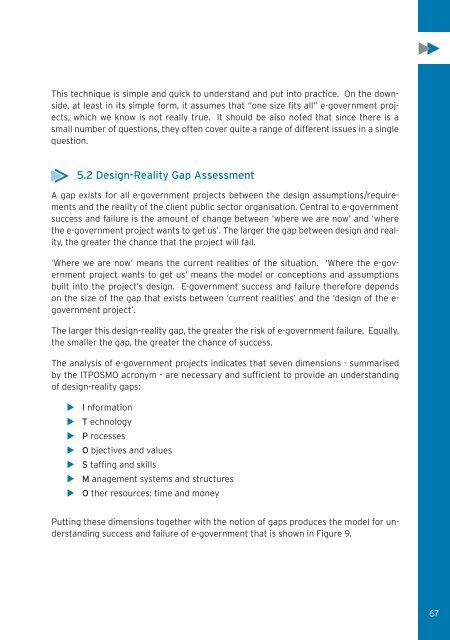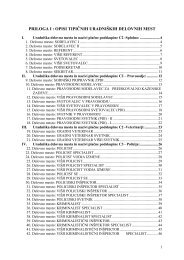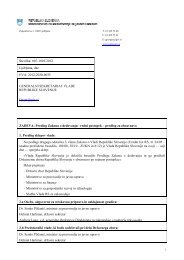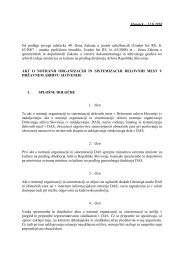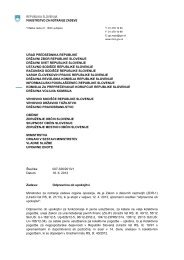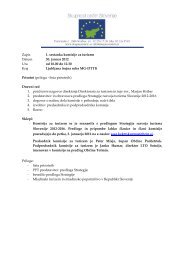for Local Governments
for Local Governments
for Local Governments
You also want an ePaper? Increase the reach of your titles
YUMPU automatically turns print PDFs into web optimized ePapers that Google loves.
This technique is simple and quick to understand and put into practice. On the downside,<br />
at least in its simple <strong>for</strong>m, it assumes that “one size fits all” e-government projects,<br />
which we know is not really true. It should be also noted that since there is a<br />
small number of questions, they often cover quite a range of different issues in a single<br />
question.<br />
5.2 Design-Reality Gap Assessment<br />
A gap exists <strong>for</strong> all e-government projects between the design assumptions/requirements<br />
and the reality of the client public sector organisation. Central to e-government<br />
success and failure is the amount of change between ‘where we are now’ and ‘where<br />
the e-government project wants to get us’. The larger the gap between design and reality,<br />
the greater the chance that the project will fail.<br />
‘Where we are now’ means the current realities of the situation. ‘Where the e-government<br />
project wants to get us’ means the model or conceptions and assumptions<br />
built into the project’s design. E-government success and failure there<strong>for</strong>e depends<br />
on the size of the gap that exists between ‘current realities’ and the ‘design of the egovernment<br />
project’.<br />
The larger this design-reality gap, the greater the risk of e-government failure. Equally,<br />
the smaller the gap, the greater the chance of success.<br />
The analysis of e-government projects indicates that seven dimensions - summarised<br />
by the ITPOSMO acronym - are necessary and sufficient to provide an understanding<br />
of design-reality gaps:<br />
� I n<strong>for</strong>mation<br />
� T echnology<br />
� P rocesses<br />
� O bjectives and values<br />
� S taffing and skills<br />
� M anagement systems and structures<br />
� O ther resources: time and money<br />
Putting these dimensions together with the notion of gaps produces the model <strong>for</strong> understanding<br />
success and failure of e-government that is shown in Figure 9.<br />
67


